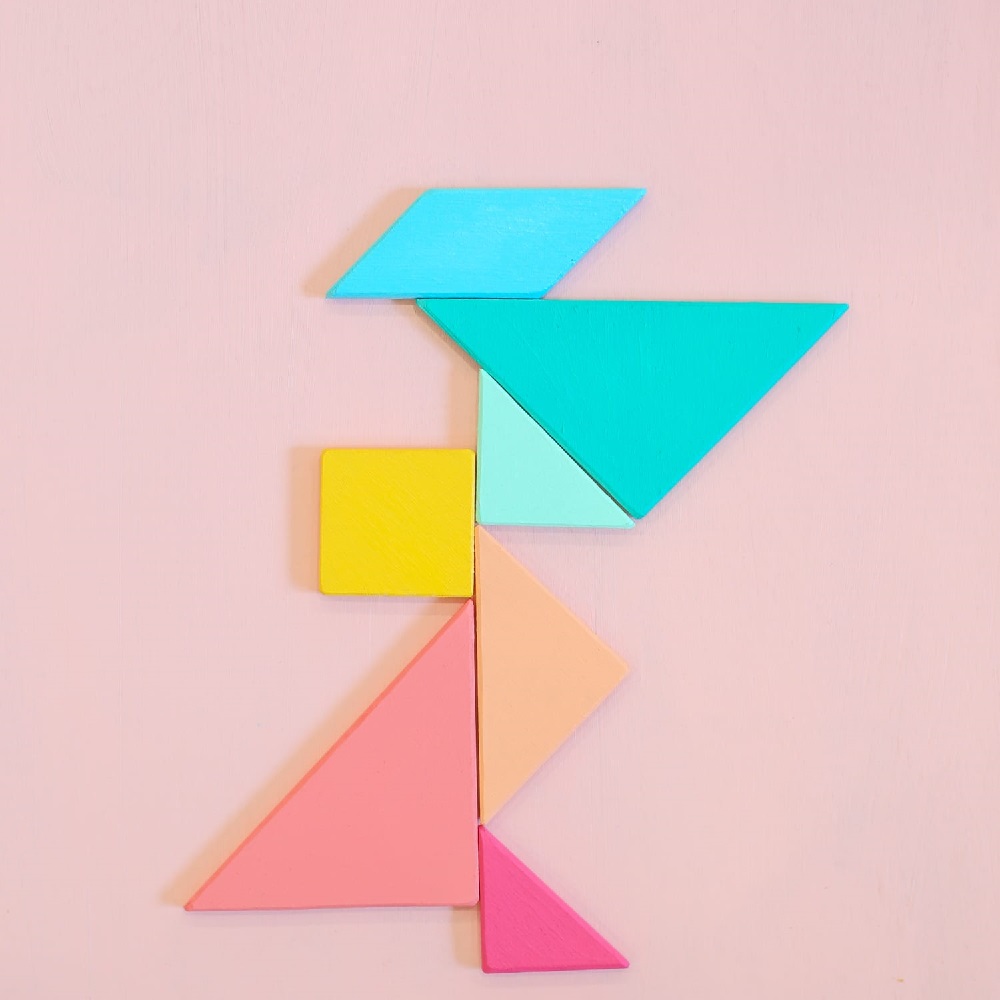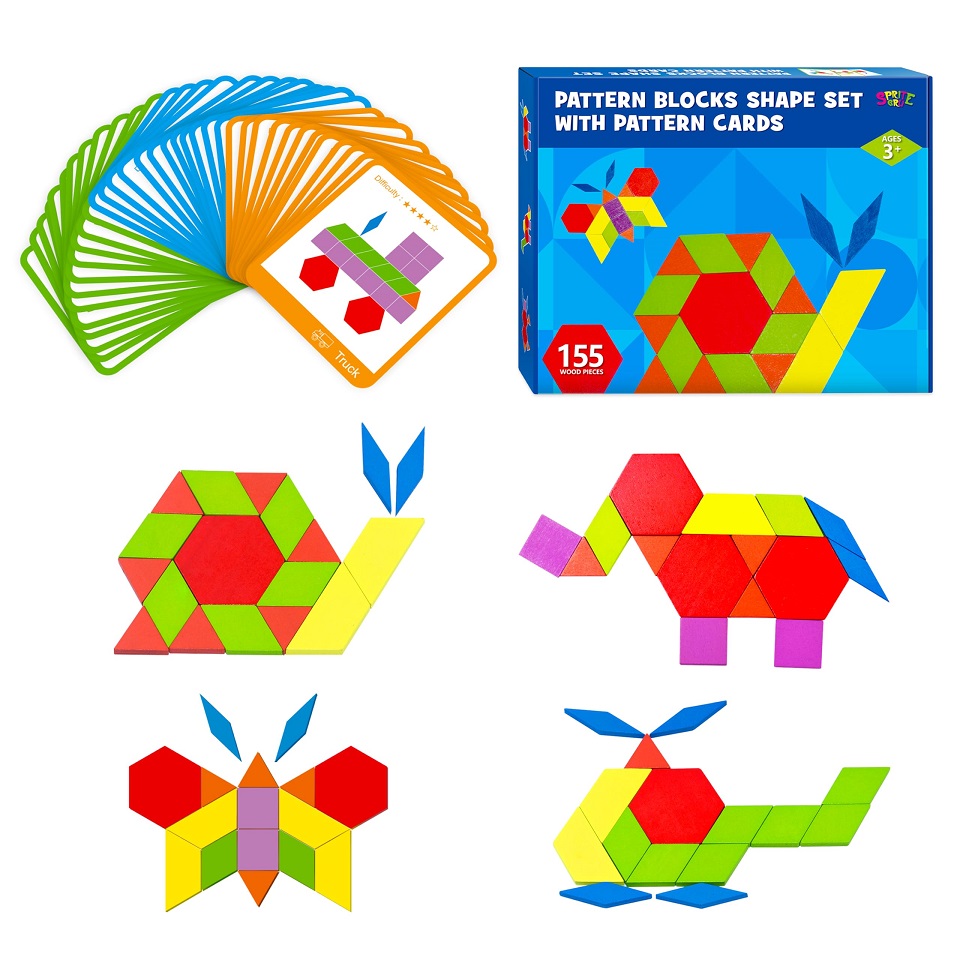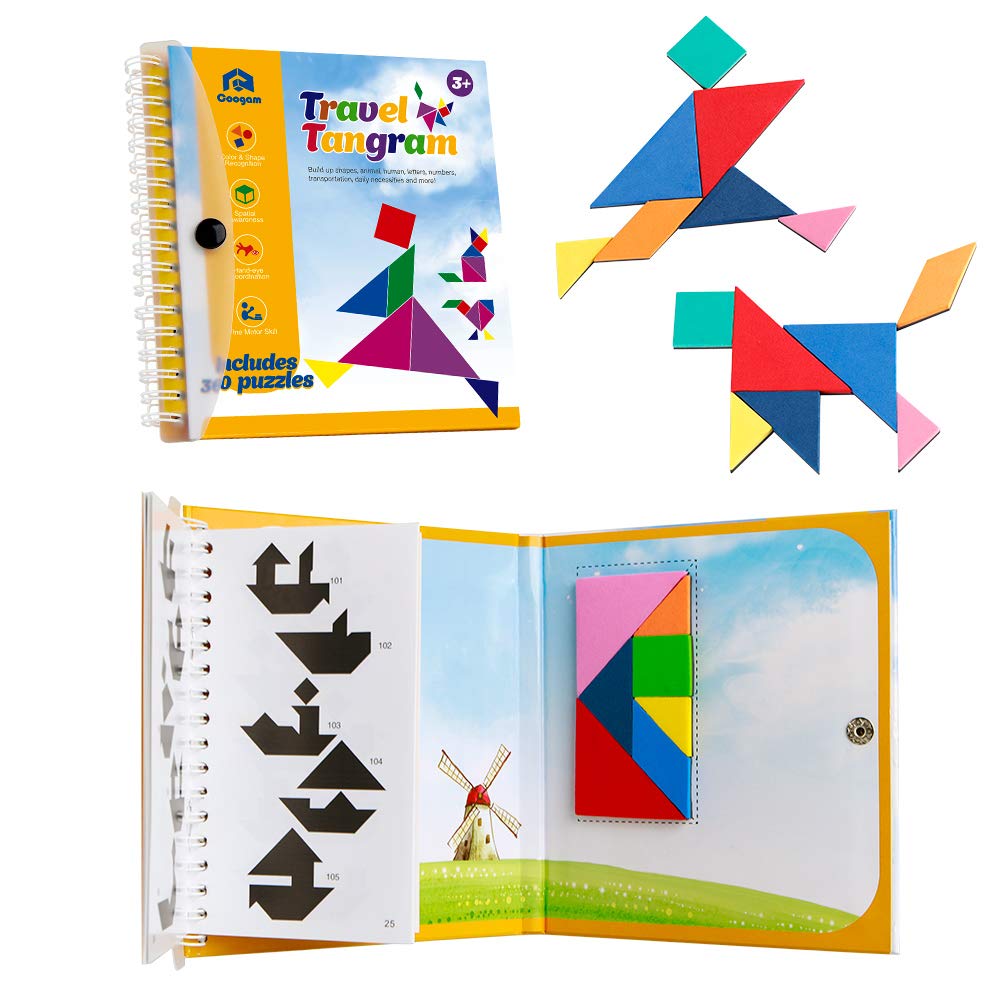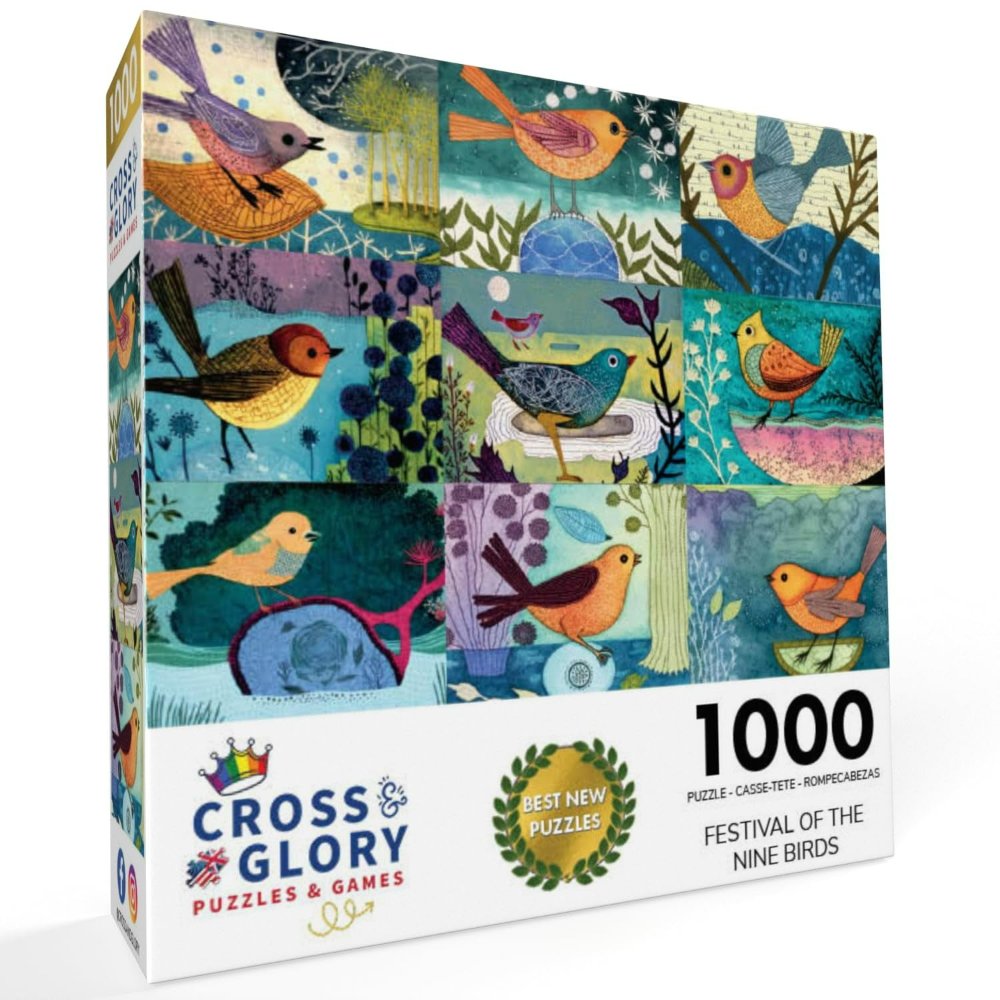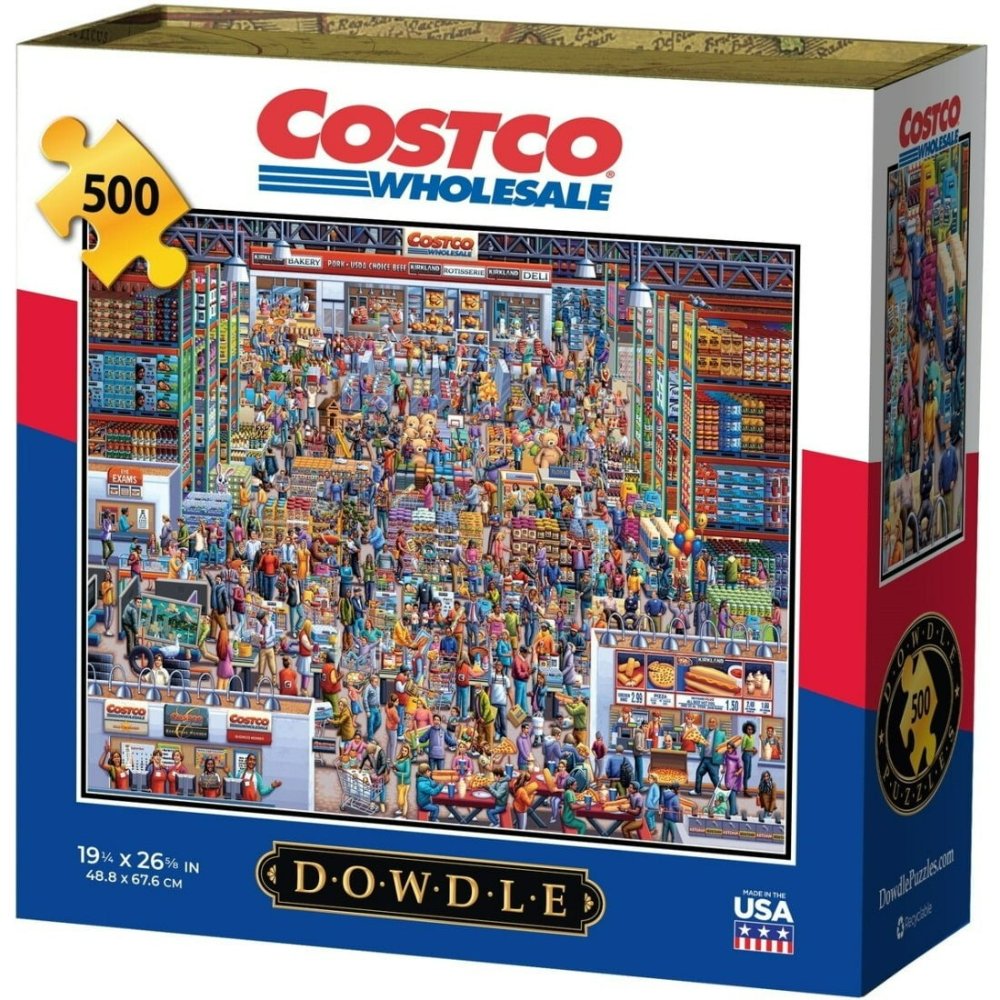What Are Tangram Patterns?
Tangram patterns are ancient Chinese puzzle pieces. They form various shapes and designs. The goal is to rearrange the seven flat pieces, called ‘tans’, to match a specific shape. The pieces include five triangles of different sizes, a square, and a parallelogram. Tangram patterns challenge the mind and provide educational fun.
The Basics of Tangrams
Understanding tangrams starts with knowing the seven pieces. The puzzle originates from a square cut into seven tans. These tans rotate, flip, and come together in countless ways. The objective is to reproduce a shape from an outline. Mastery begins with simple forms before moving to complex patterns. Tangrams build from the basic to the complex, layering difficulty.
Historical Background of Tangrams
Tangram patterns have a rich history dating back to the Song Dynasty in China. They later gained popularity in Europe in the 19th century. Often called the ‘Chinese Puzzle,’ tangrams were more than a game. They served as a measure of intelligence and creativity among scholars. Over time, tangrams have spread globally. Today, they are a staple in classrooms and among puzzle enthusiasts.
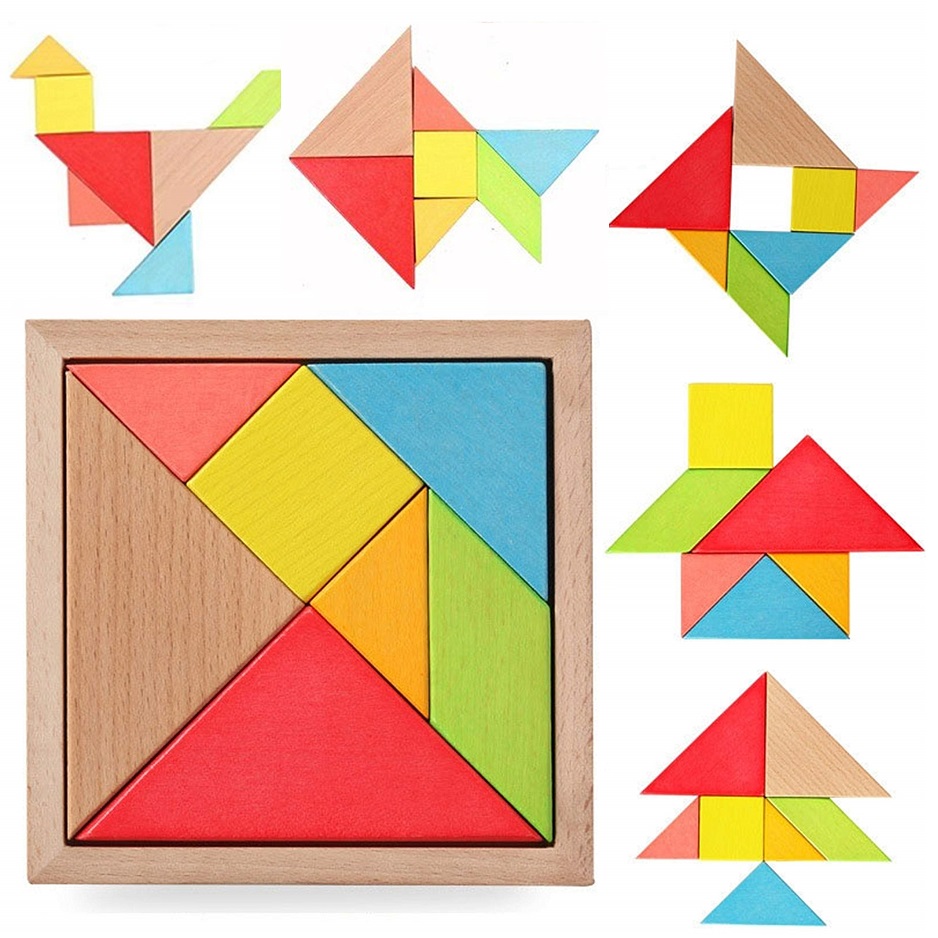
Benefits of Tangram Puzzles in Education
Tangram patterns go beyond play. They are educational tools that enhance learning. Using these puzzles in education has significant benefits.
Enhancing Spatial Skills
Spatial skills are crucial for understanding the world around us. Tangram puzzles boost these skills in a fun way. They require learners to visualize shapes and how they fit together. As students manipulate the tans, they learn about geometric properties. They gain a sense of space and how shapes relate to each other. Over time, students improve their ability to visualize. This skill is key in math, science, and daily life.
Developing Problem-Solving Abilities
Tangram patterns also sharpen problem-solving skills. Each puzzle presents a unique challenge. Students must think critically to find solutions. They test hypotheses and learn from trial and error. This process builds their analytical thinking. It also fosters patience and determination. The joy of solving a puzzle boosts confidence. This in turn encourages students to tackle more complex problems.
Setting Up Your Tangram Play Area
Creating an inviting and organized tangram play area is an essential step in introducing tangram patterns to learners. A well-arranged space can encourage children to engage with the puzzles and facilitate effective learning.
Necessary Materials
To set up your tangram play area, you’ll need the following materials:
- Tangram sets: Each set includes seven tans – the pieces used to form the patterns.
- Mats or flat surfaces: A clear space where students can lay out their tangram puzzles.
- Tangram Pattern Cards: Cards that show different patterns and shapes children can replicate.
- Storage solutions: Containers or envelopes to keep the tangram pieces and cards organized.
Ensure that you have enough tangram sets for the group. Sturdy tangram pieces, preferably laminated or made of wood, will withstand repeated use.
Tips for Organization and Storage
Efficient organization and storage of materials are key to maintaining an orderly play area. Here are some tips:
- Use clear plastic bins or fabric pouches to store tangram pieces. This makes it easy for children to find the right pieces.
- Keep pattern cards in a binder with plastic sleeves, sorted by difficulty level. This helps children select patterns that match their skill level.
- Label storage bins and folders to help children with identifying and returning materials.
- Assign a special section in the classroom or play area for tangram activities. This defines the space and signals to children where the activity takes place.
- Regularly check for missing or damaged pieces and replace them as needed to ensure that all sets are complete and usable.
A structured and well-maintained tangram play area will not only help children access and enjoy tangram patterns but also facilitate better learning outcomes in the areas of math and cognitive development.
Tangram Patterns for Different Skill Levels
Tangram puzzles are adaptable for all ages and skill levels. They offer varying degrees of challenge which can grow with the learner’s abilities. Here’s how to differentiate tangram patterns for different skill levels.
Beginner Challenges
For beginners, start with simple shapes that require a few tans. Choose patterns that offer clear guidance and encourage success. Beginners will enjoy:
- Basic geometric shapes like squares and triangles.
- Easily recognizable objects, such as boats or houses.
- Outline cards that show where each tan should go.
Use these simple challenges to introduce the concept of tangrams. Beginners learn to identify shapes and understand how they fit together.
Intermediate Puzzles
Once the basics are mastered, move on to intermediate puzzles. These patterns should be more complex but still doable. Intermediate puzzles may feature:
- More intricate shapes and designs.
- Partial outlines, requiring some guesswork.
- Themed tangram cards, like animals or everyday objects.
These puzzles help enhance spatial awareness. They also begin to challenge the learner’s problem-solving skills.
Advanced Tangram Patterns
For those ready for a challenge, advanced tangram patterns provide a tougher test. Advanced learners tackle:
- Complex shapes with minimal to no outlines.
- Abstract or intricate designs that may look different from multiple angles.
- No clear solution, promoting exploration and creativity.
Advanced tangram patterns might include using shadow cards. These offer no hints, pushing learners to rely on their spatial and problem-solving skills. Encourage creating their own unique shapes, further expanding their creative boundaries.
Instructional Strategies for Tangram Activities
Tangram activities are a great way to bring education to life. They blend learning with play. But to get the most out of tangram puzzles, we need effective strategies. Here are some tips on how to guide and support learners during these activities.
Guiding Younger Children
With younger learners, guidance is key for building confidence. Start with these steps:
- Show them the tangram pieces. Name each shape clearly.
- Use outline cards for easy matching. This helps them see where to place tans.
- Offer praise often. Celebrate when they fit pieces correctly or even try.
- Solve puzzles together. It can be a shared process where you assist if they struggle.
- Keep patterns simple. Stick to basic shapes and familiar objects at first.
- Play in short bursts. Shorter playtimes keep young minds fresh and eager.
These steps assure that young learners find joy and success in tangram activities.
Encouraging Self-Directed Learning
As children grow, so should their learning autonomy. For self-directed learning, try:
- Introducing more complex patterns. This tests and expands their abilities.
- Setting up a ‘puzzle of the day.’ It creates a daily learning habit.
- Encourage exploring shapes without guidance. Let them build their own designs.
- Provide resources like printable tangram puzzles. They can take on new challenges.
- Ask questions that spark thought. ‘What shape can you make with three triangles?’
- Make space for reflection. Discuss what worked and what didn’t after play.
With these strategies, learners develop independence. They build their skills in a supportive, playful environment. Tangram patterns provide a rich ground for growing minds to explore concepts of geometry and mathematics through hands-on learning and creative play.
Printable Tangram Resources
Finding the right resources is crucial for tangram success. Teachers and parents can access a variety of printable tangram materials online.
Free Tangram Template Downloads
The internet is a treasure trove for free tangram templates perfect for educational play. These templates are typically available in PDF format, ready to print and use. Here’s how you can use them:
- Print on cardstock for durable tangram pieces.
- Use different colors for each shape to aid in visual learning.
- Laminate them for long-term use and easy cleaning.
By giving learners access to these free downloads, you equip them with the tools for endless creative play and learning.
Additional Pattern Block Printables
Beyond the classic tangram patterns, there are additional pattern block printables available. These include various shapes such as hexagons, trapezoids, and rhombuses, allowing children to dive deeper into geometric exploration. Here’s what you might find:
- Themed sets for holidays or seasons, adding a fun twist to math lessons.
- Different levels of difficulty, catering from preschoolers to advanced learners.
- Multi-page packs that include various activities like graphing, addition, and subtraction.
These printables not only enrich tangram activities but also cover a broad range of math concepts, making learning immersive and enjoyable.
Creative Ways to Expand Tangram Play
Tangram patterns offer endless possibilities for creative expansion. By exploring new ways to play, learners can deepen their understanding and enjoyment of this classic puzzle.
Designing Your Own Patterns
Encouraging students or children to create their own tangram patterns can spark creativity and innovation. Here’s how:
- Start with a theme, like animals or vehicles, to inspire their designs.
- Provide blank paper for sketching ideas before arranging the tans.
- Encourage sharing creations and explaining the design process.
- Have a ‘designer of the week’ showcase to celebrate unique patterns.
Creating original patterns helps kids express their ideas and see tangrams as more than just puzzles.
Collaborative Tangram Challenges
Tangram activities can become a cooperative effort with collaborative challenges:
- Pair up learners and have them take turns adding pieces to a pattern.
- Create large-scale tangram mats for group projects.
- Host a tangram relay, where each team member adds to the design.
- Set up a tangram gallery for students to view and discuss each other’s work.
Working together on tangram challenges teaches teamwork and encourages a sense of community. It’s a fun way for students to combine their skills and imagination.
Seasonal and Thematic Tangram Activities
Engaging students with tangram patterns can go beyond everyday lessons. By introducing seasonal and thematic activities, tangrams become an exciting tool for celebration and learning.
Celebrating Holidays with Tangram Patterns
Holidays are perfect for themed tangram challenges. For example, create Christmas tree or pumpkin shapes during the festive seasons. Here are some ways to celebrate:
- Use tangram patterns to make holiday symbols like hearts for Valentine’s Day.
- Design a tangram hunt where patterns relate to a specific holiday.
- Have students create and share their holiday-inspired patterns with the class.
These activities not only add fun to learning but also help children understand and connect with cultural celebrations.
Integrating Tangrams with Other Subjects
Tangram patterns can enhance other areas of learning as well:
- In history, have students reconstruct famous landmarks using tangrams.
- Within art class, combine tangram shapes to form abstract compositions.
- Link tangram activities with literature by having students create scenes from a story.
By crossing subjects, tangrams bring a hands-on element to a wide range of lessons. They make learning interactive and foster connections between different subjects.
